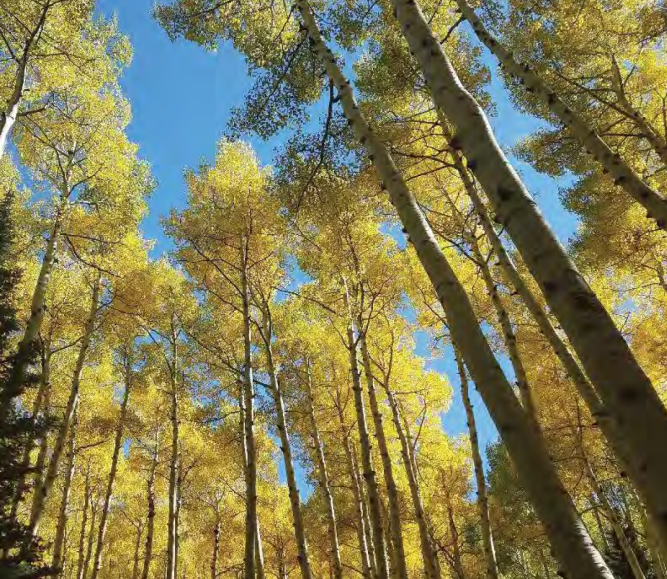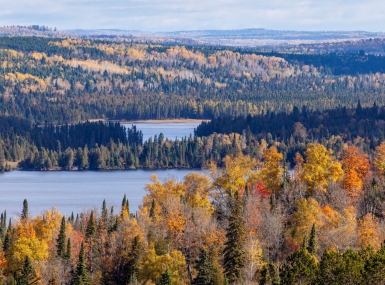Counties and the U.S. Forest Service partner to provide public service
Upcoming Events
Related News
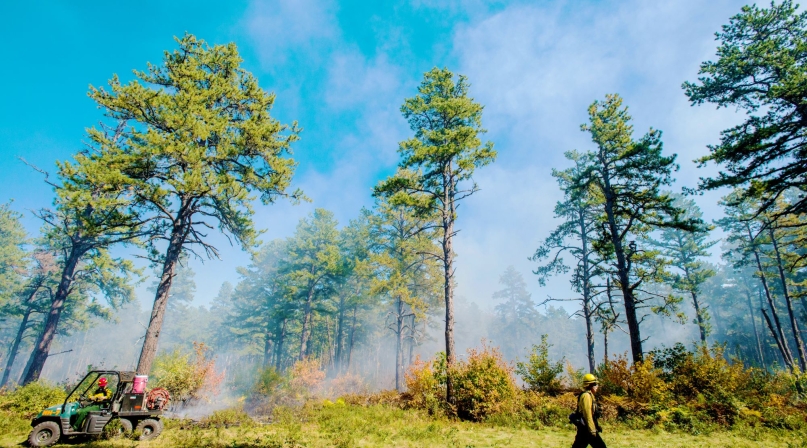
The bond between counties across the United States and the USDA Forest Service span well over a century. There are so many examples of areas where we work together – hand in glove. Our work is often formalized in cooperative agreements on items such as road maintenance and law enforcement coverage. It could be National Forest System lands providing revenue to counties through Secure Rural Schools and Payments in Lieu of Taxes, or county governments taking on some heavy maintenance items on roads, developed recreation areas and possibly even bridges or stream crossings.
One historical partnership in the Pacific Southwest between the Angeles National Forest and the Los Angeles County Fire Department has had worldwide impacts. Over 100 years ago, devastating fire and flood control needs for the greater Los Angeles area, including areas adjacent to the Angeles National Forest, required strong partnerships to prevent and respond to wildfires. Unique fire weather conditions such as the Santa Ana Winds and the difficult weather, vegetation and topography presented catastrophic wildfire threats to communities, life, property and the critical infrastructure essential to the greater Los Angeles area communities.
The relationship developed over these 100 years has produced incredible collaborative results between the Angeles National Forest and Los Angeles County. This collaboration has led to significant local, state and national practices. Some key historical accomplishments include the development of FIRESCOPE and the subsequent development of the Incident Command System.
Today this collaboration continues with extensive collaboration for wildfire response and pre-incident activities to prevent and reduce impact from wildfires, including: Wildfire Crisis Strategy and hazard fuels projects, training and firefighting development, and robust cross boundary wildfire response.
In the Pacific Northwest, the Forest Service supported in partnership with Oregon’s Wallowa County and Oregon Department of Forestry the conservation of 1,533 acres of forested land along the East Moraine of Wallowa Lake. This geologically and culturally iconic property is enjoyed by thousands of people each year and helps support a tourism-based economy in a rural area of the state.
In the Northeast, the agency’s Wood Energy Technical Assistance Team helped three counties in New Hampshire reduce their energy costs by converting their building energy systems from individual oil boilers to a district energy system using wood fuel in a central plant. Fuel savings ranged from $200,000 to $500,000 annually.
The Forest Service works in close partnership with county governments to support the permanent conservation of forest lands for community benefits through the Forest Legacy and Community Forest & Open Space Conservation programs.
The agency recently awarded a grant to Saratoga County in New York to support the creation of a new 202-acre Graphite Range Community Forest to enhance local opportunities for public recreation, environmental education, and forest conservation in this fast growing area of the state.
In the South, states use Forest Inventory and Analysis data for county forestland estimates that help inform internal decisions like wildfire fighting funding and resource allocation. Texas and Virginia use FIA data to inform county ad valorem property tax valuations.
The Recreation Economy for Rural Communities program, which the Forest Service co-sponsors with the Environmental Protection Agency, seeks to foster local economic development through outdoor recreation planning and technical assistance.
In Virginia, federal partners worked closely with the local governments of Buena Vista and Rockville County to develop a Community Action Plan to encourage increased tourism, promote outdoor recreation, and support community revitalization in a rural area that serves as a gateway to the Blue Ridge Parkway, Appalachian Trail, and George Washington and Jefferson national forests.
In the Southwest, the Coconino National Forest and Coconino County, Ariz. have been working together very closely for many years, reaching back to 2010 when the Schultz Fire started just northeast of Flagstaff and burned 15,000 acres on the south/eastern slopes of the San Francisco Peaks. That fire resulted in a lot of partnership work repairing and restoring areas the fire went through that could lead to post-fire flooding when the monsoon hit right afterwards. Over the years many dollars, efforts, and coordination have gone into restoration projects that have proven successful in protecting residents from floodwaters originating from the Forest’s San Francisco Peaks, across Coconino County lands, and toward communities below. This type of partnership and these kinds of efforts continue today.
Coconino National Forest has been working with Coconino County on other projects such as the Flagstaff Watershed Protection Project since 2012, which encompasses numerous sub projects across many areas of the national forest to help protect and preserve the main source of drinking water for the City of Flagstaff.
Another current partnership project with Coconino County is the Schultz Creek Restoration Project, following the 2022 Pipeline Fire. The fire ran through and damaged the Schultz Creek watershed, which dramatically increased levels of flow and erosion in Schultz Creek and overwhelmed downstream stormwater infrastructure in the City of Flagstaff. We have been working together to restore the watershed, with a cost more than $5 million for this 2-phase project.
The 2018 Farm Bill modified Good Neighbor Authority to allow the Forest Service to enter into agreements with counties and tribes. While counties and tribes are not authorized to retain revenue from the sale of federal timber, it does allow states, counties, and tribes to enter into a Good Neighbor Agreement with the Forest Service or Bureau of Land Management to perform forest, rangeland, and watershed restoration work on the federal land managed by those agencies. As of the end of 2023, there are 39 active Good Neighbor Agreements with counties across 11 states.
County agreements have contributed to range, watershed and fire management objectives and burned area recovery and forest health.
An emphasis on recent agreements is reducing wildfire risk through mastication, piling, fire line construction, precommercial thinning, prescribed fire support, as well as streambank stabilization, alluvial fan rehabilitation and road maintenance.
No one agency or entity can do all these things alone.
Related News
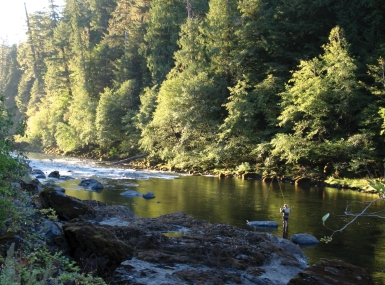
U.S. House passes suite of public lands legislation
The U.S. House considered a series of natural resource and public lands legislation addressing issues impacting public lands counties
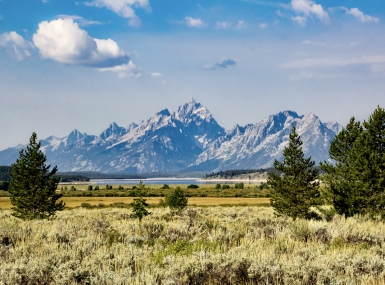
House Passes Historic Outdoor Recreation Legislation
The U.S. House passed the bipartisan EXPLORE Act (H.R.6492) on April 9 to boost outdoor recreation opportunities on public lands and aid local economies
Resource
County Governments and the USDA Forest Service: A Guidebook for Working Together
